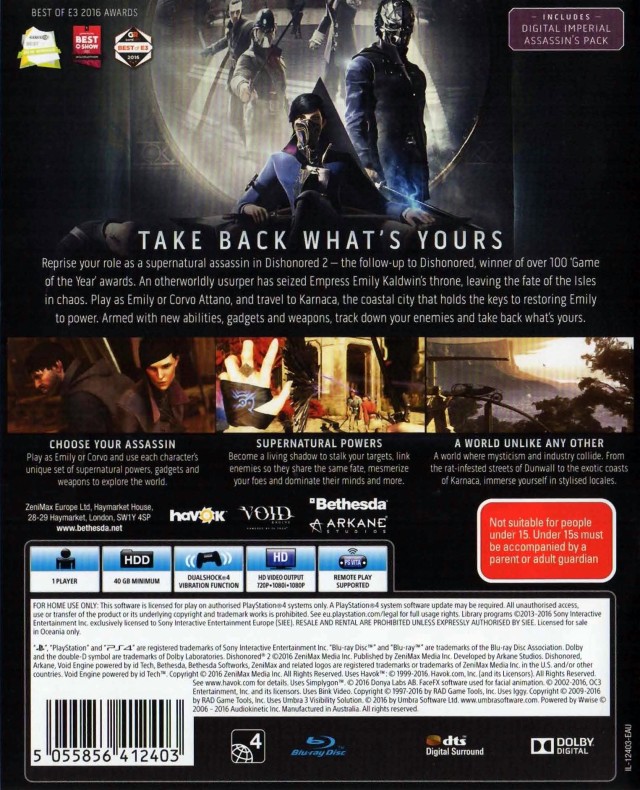

Though one complaint I had about the delivery was the way your character voices out redundant observations to himself. And the game reacts to your choices, so there’s a lot more interactivity and player agency than in your average big budget blockbuster. Yet you can soak up a lot of the narrative by simply exploring the world and observing your surroundings. Scripted scenes are rare, and you can skip almost all dialogue. I was never invested in the storyline, but I admire its delivery. There are multiple standout missions with novel ideas and memorable scenes, like a dilapidated mansion where you must travel back and forth in time to access different areas. Some of the levels are comparable to Thief in their complexity, as they are notably large, nonlinear and utilize vertical design and environmental storytelling very well. The game forgoes modern sandbox design in favor of handcrafted, extensive missions. The level design deserves the most praise. Even though I played the game using the aforementioned method, I was still impressed by how little the game holds your hand, given that it’s a big budget AAA title. Or you can play it like any other first person power fantasy by following quest markers and running around killing everyone. The game succeeds excellently in modernizing the Thief formula by facilitating multiple playstyles for different audiences: you can turn off all the modern HUD elements which show where to go and what to do, and stealth your way through the game.

The load times are obnoxiously long, so it’s better to play carefully. But you still need to be methodological in your approach: death comes quick to those who try to play the game like a standard FPS. In Dishonored, the gameplay shines the brightest when you do engage in combat, as the interplay between your different weapons and magical powers produces far more fun results. While you can play through the game without ever being detected or killing anyone, the stealth gameplay isn’t as refined or as exhilarating as in Thief (1998), where sound and lighting play a much more important part in staying hidden. When you keep that difference in mind, you’ll get the most out of Dishonored 2. Yet, the two series’ diverge in their approach to player empowerment: in Thief, the main character is vulnerable and combat is clunky, while Dishonored gives you a smorgasbord of guns and super powers to play with. I got lost in a video game level for the first time in a long while, and it was glorious: #Dishonored2 #review #leveldesignĪrkane’s Dishonored attempted to do to the Thief series what Bioshock did to System Shock: streamline and modernize it for a multiplatform audience.


 0 kommentar(er)
0 kommentar(er)
